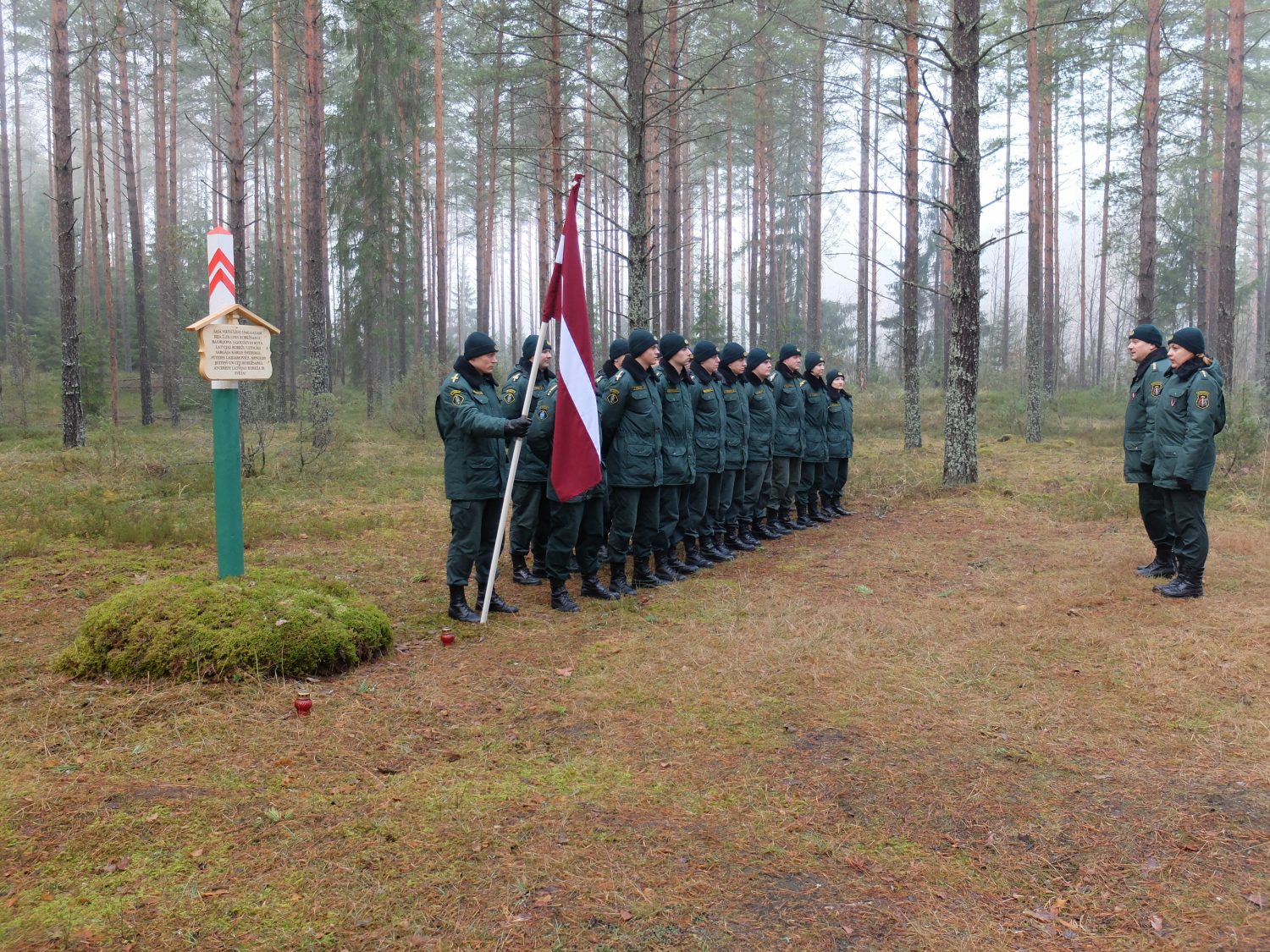
After the restoration of Latvia’s independence on May 4, 1990, one of the most important tasks was the re-establishment and protection of the national borders.
The restoration of the Border Guard was based on voluntary service, and people actively applied to join. A special commission in Riga and other cities throughout Latvia evaluated the applications, and by December 1991, approximately 900 border guards had been recruited.
Training took place in several centers, the most enduring of which was the training center in Rēzekne. Over time, this evolved into the State Border Guard College. Today, it remains the only institution in Latvia where one can obtain professional qualifications as a border guard.
December 13, 1991, is considered the official date of the Border Guard’s restoration.
Today, the Latvian Border Guard is one of the key national security institutions. Its mission is not only to ensure the inviolability of the national border but also to monitor and manage migration processes. Since Latvia’s accession to the European Union and the Schengen Area in 2007, the role of the Border Guard has evolved significantly. The importance of border protection has grown, especially in light of securing the EU’s external borders and responding to migration crises.
Now The Latvian Border Guard cooperates closely with the European Border and Coast Guard Agency – Frontex – to strengthen EU security systems and carry out coordinated actions with other NATO member states. The Border Guard employs advanced equipment and technology, including drones, thermal imaging devices, biometric systems, night vision tools, and specially equipped vehicles.